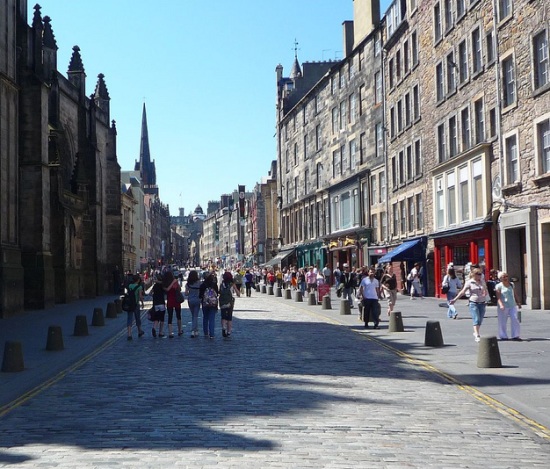Finance Secretary John Swinney has announced that Scotland will adopt the same policy as the United Kingdom and delay reviewing high street rents until at least 2017. Traders will have no choice but to pay their current business rates for the next several years, and a number of business owners have already described this expense as “crippling.”

Edinburgh High Street
The Finance Secretary described his decision to leave rates at their current levels and to put off a revaluation by two more years as part of a “commitment to a competitive business environment.” The two-year delay from 2015 to 2017 means that commercial properties will continue to be rated on their value as of April 2008, which predates the global financial and property crisis.
Homeowners and tenants are reaping the benefit of a freeze in their council tax. Commercial property owners and retailers are not as fortunate as they face the start of the New Year. Instead, they are looking at a 2.6 per cent increase in their business rates in April 2013.
This tax hike is based on the September Retail Price Index (RPI) inflation, which has been increasing since 2008. Business owners have had to pay five per cent more in 2009 and 4.6 per cent more in 2011. Rates increased by a further 5.6 per cent in April of this year. Rates did dip slightly in April of 2010, falling by 1.4 per cent then.
Several business owners have stated that if their premises were re-valued at current rates, their banding would be reduced. The resulting cut in expenses would greatly decrease their overhead and help with cash flow.
The government is attempting to keep the Scottish and UK rating systems on a level playing field. It feels that keeping rates identical on both sides of the border is the prudent move to make at this time.